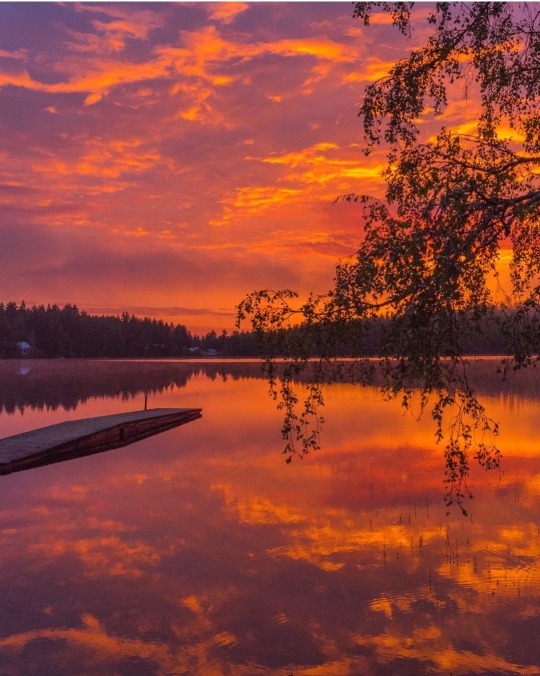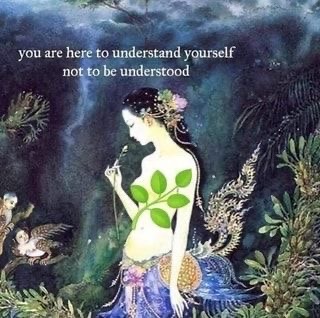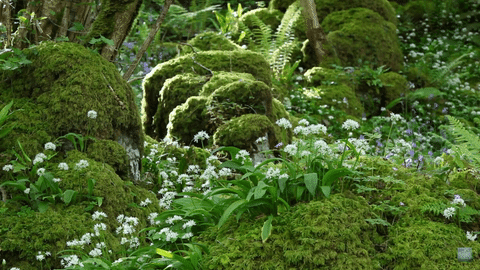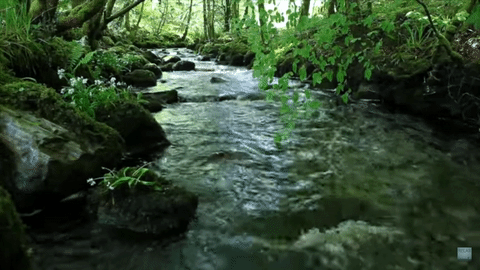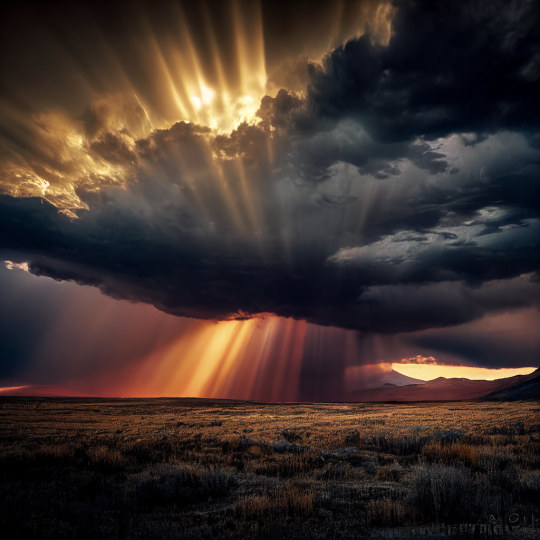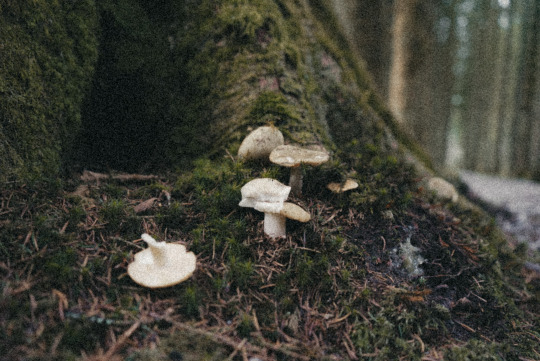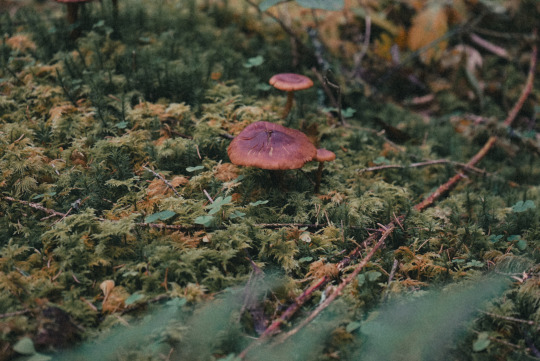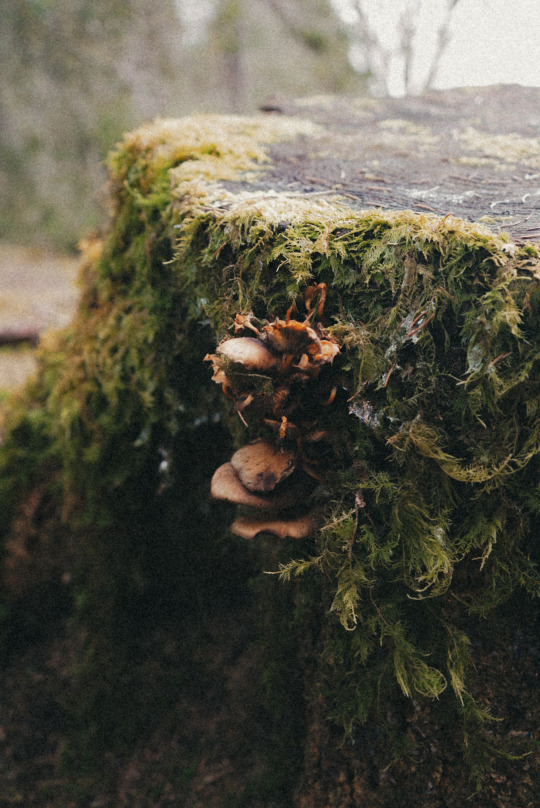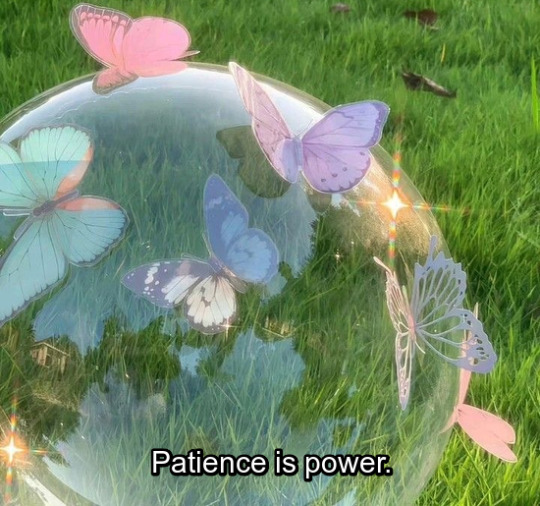Text
“Inverness, Capital of the Highlands” by @castlesofscotland on ig .
15K notes
·
View notes
Text
‘Celtic’ Witchcraft
I remember in my early days trying to find resources on historical Celtic witchcraft. I wanted to learn about the witchcraft from the places I descended from. So, I searched for answers. I read book after book on the supposed witch practices found in Wales, Ireland, and Scotland (Raymond Buckland never steered me so wrong, and that’s really saying something). However, I remember feeling…unsatisfied. It didn’t seem historical or based in any pre-Gardnerian lineage. It seemed like Wiccan influenced witchcraft based in Gaelic and Gallic mythology. However, the authors of the books were claiming that it was truly historical and traditional. Lo and behold, I was correct. So then came the question “What is historical ‘celtic’ witchcraft and where can I find it?”
First of all, there is no one Celtic witchcraft. The word ‘Celtic’ applies to both Gaels and Gauls (though it’s said that Gauls aren’t included in that term at all, but for now, we’ll use it). There are six nations covered under ‘Celt’; Wales, Ireland, Scotland, Brittany, The Isle of Man, and Cornwall. Any witchcraft that originates from those lands can be considered ‘Celtic’, but the use of that term can create confusion and misinformation. Though they may look similar at times, and though they are all witchcraft, they are not the same. Methods changed from environment to environment. The witchery has always been based in the Land.
I’ll briefly describe the practices and lore found in each land, but it is by no means exhaustive.
Cornwall
In the circles of traditional witchcraft, Cornish witchery has been made very clear and accessible with much thanks to the wonderful Gemma Gary. Cornwall has perhaps one of the strongest histories of magical practice out of the Celtic Fringe. Not only witches, but Pellars (cunning folk), were a large part of the culture. Folk magic, the basis of both witch and pellar magic alike, ran rampant through Cornwall. The Pellars of Cornwall held a very strong likeness to witches, so much so that some folklorists consider them the same. The Pellars made it a point to have a wide range of services available to their customer. That meant that they would both curse and cure. The magic of Cornwall often came in the form of small spell bags filled with either powders, folded written charms, or other magical ingredient. These bags did a number of things, from love conjuring, curse breaking, and spirit banishing to healing, luck magic, and finding lost possessions. According to Cornish witch lore, a witch’s power fluctuates with the seasons, and it was in the spring that a witch’s power was renewed. The different pellars and witches of Cornwall would also clash through reputation of power. Though they clashed, the witches of Cornwall would also gather for their sabbats, which were a strange thing to behold to outsiders. Witches, both young and old, would dance with the Devil around fires, faster and closer to the flames with each pass, and never be singed. The ability to spontaneously disappear is spoken of (which may suggest flying). Black animals, especially black cats, are often spoke of in Cornish witch lore. The association with witch and toad is especially strong here, and it can be seen as a familiar, a shapeshifting witch, a charm, or an indicator of a witch.
Wales
Witchcraft that comes from Wales can be particularly tricky to find. The term ‘Welsh Witch’ has been popular since the early days of Stevie Nicks. This makes it notoriously difficult to find any historical references on actual Welsh witches. In actuality, there were two kinds of magical practitioner in Wales. The first was a wizard (known as a cunning man in England) and the second was a witch. Wizards were very popular and plenty in number in Wales. Their practice was based mainly in healing the ill and livestock. They also did favors, like giving love potions and undoing witch spells. One Welsh tale, however, tells about a conjuror who is unable to undo a witch’s spell on a butter churn, so the farmer must turn to another witch to reverse it. Welsh witches were thought to have great power. They were able to raise the dead, curse their enemies, and according to older legends, shape shift and fly. Observing the myth of a sorceress named Cerridwen and the legends of Morgan le Fey and Nimue, there comes a general idea of what a witch was in Wales and Welsh legend. The idea of someone brewing potions and poisons was most definitely associated with witches, but more broadly, elements of water and weather seem to have importance. Interaction with the fairies also holds a very strong importance in Welsh craft. Walking between worlds, particularly this world and the world of the Fairy (Avalon, anyone?), was a skill that many wizards, witches, and heroes of Welsh myth acquired. All in all, the witchcraft in Wales is quite similar to the witchcraft found in England, as is the interaction between Wizard (cunning folk or Wise Men and Women) and Witch.
Brittany
In Brittany, a very strong fear and dislike for witches is found that is unlike Wales. Witches in Brittany were thought to be many in number. The legends suggest that they targeted farmers especially, making sure always to turn milk sour and spoil butter. They were also accounted to be particularly dangerous and vicious. Any man who watched their Sabbat would either not be found, found dead, or found scared witless and unable to speak. The witches of Brittany, however, were also sought out by the townsfolk. Indeed, there were witch doctors to fix their issues, but the witches were sought out for love spells and favors. Witch-cats are also mentioned, which could be either a reference to familiars or shapeshifting. Most strangely, Breton witches are said to very rarely cast spells on their targets and instead cast spells on the animals and possessions of the target. Every village is said to have a local witch. Some villages are said to be completely filled with witches. Many of them carry cane-like sticks with which they cast their spells. They were also said to be skilled in spells to find things, like lost objects and buried treasure. The line between village conjuror/wizard and witch is difficult to draw here. They may choose to help or harm, depending on their inclinations. For that reason, they still hold a strong reputation in Brittany, despite it being a place noted for its skepticism.
The Isle of Man
On the Isle of Man, both witches and magicians were an important part of the environment. The first thing you’ll find on the witches from the Isle is that they practiced much magic involving the weather and the sea. Magic was used to help the fishermen catch more fish, make sure the winds were good for travel, and settle storms at sea. A charm was made by a witch and given to a sailor that stored the winds inside. When he was at sea and in need of a gust, he would use the charm. Interestingly, the line between witch and cunning person seemed to blur here. Cunning folk were known as Charmers and Witch Doctors. Witches, however, were employed when needed. There was a perceived difference between the magic of different kinds of practitioners. Do not be mistaken, though. The fear and dislike of witches still existed. Many farmers feared the wrath of witches, especially when their crops failed and their cattle died. To reveal the witch responsible, they would burn whatever died. The person in pain the next day was thought responsible. As throughout all of Europe, witches were thought to have gained their power either through birth or through the Devil’s grace. However, witches were looked upon differently in the Isle than other places. Because of its long associations with magic, it had many kinds of magical practitioners and witches were not always considered to be the most powerful of them. Magicians, who practiced an art to compel and work with spirits and powers beyond other kinds of practitioners, were revered. They were usually compared to the image of Manannán Mac Lir, considered both a sea god and a powerful magician. The ability to fly and walk between worlds was also attributed to the witches and magicians of the Isle of Man, most likely due to the latter.
Scotland
Witchcraft flourished in Scotland perhaps as much, if not more than, in Wales. Scotland’s witch trials are famous, and perhaps the most famous among them was Isobel Gowdie. In her free confession, she detailed a story that most labeled imaginary. She spoke of fairies, elf bolts, curses, shapeshifting, flying, and lewd activities with the Devil. When comparing it with the confession of Alison Pearson, another Scottish witch she had never met, a Scottish fairy tradition begins to appear. Alison also details stories of going under the hills to meet the fairies, as well as them making elf bolts. More trials begot more folklore and legends. Stories of witches working the weather to destroy crops, sink ships, and cause havoc spread. More tales of a Man in Black appearing to future-witches and witches alike began to run rampant. John Fian, a male witch, was famed for his botched love spell, teaching witchcraft, harshly bewitching people whom he didn’t like, and attempting to sink the fleet of King James VI with a storm. Much of Scotland’s witchcraft was influenced by Gaelic legend and myth. Scotland’s witchery was not Gaelic alone, however. Norse invaders came and brought their magic with them. In Orkney, a Scottish Isle filled with witch history, the Vikings came often. Their language and culture mingled with the Scots’. Soon, cunning women were referred to as Spae Wives. The word Spae comes from the Old Norse spá,which means ‘prophesize’. These spae wives told fortunes, created charms, and protected against foul magical play. The witches of Scotland, however, proved a match for them. They killed cattle, cursed babies, and brought general havoc with them.
Ireland
Historical Irish witchcraft is perhaps the most difficult to find out of all the Celtic regions, and this is for a few different reasons. The first being that many lineages of Wicca have taken Irish mythology and applied it to the Gardnerian influenced witchcraft that they have. Many times when the word ‘Celtic Witchcraft’ or “Celtic Wicca’ comes up, this is what is being referred to. The second reason that it’s difficult to find is because the witch trials in Ireland are few and far between. The trials barely touched Ireland, amounting to a whopping 4 trials. The generally accepted reason for this is that Ireland was extraordinarily lax with its witchcraft laws. Most times, using witchcraft against another person’s possessions or livestock resulted in prison time. Only by harming another magically would a witch be executed. Interestingly, many people took this as a sign that Irish witches were generally less severe than their other Celtic counterparts. Florence Newton, the famed witch of Youghal, put the assumption to rest. When a woman refused to give her any food, she kissed her on the street. The woman became extremely ill and began to see visions of Florence pricking her with pins and needles. Florence also kissed the hand of a man in jail. He became very ill, cried out her name, and died. In a Northern Ireland trial, eight women were accused of causing horrific visions and poltergeists in the home of a woman. The ability to create illusions is a trait attributed to fairies in Gaelic myth. Those fairies are said to have taught the witches their skills in both Ireland and Scotland. Irish witches were said to turn themselves into animals, especially hares and crows, to spy on their neighbors. They would also place spells on those whom they wish in their animal form. They were also said to have used bundles of yarrow and branches of elder to fly. These sticks they flew upon, before brooms, were known as ‘horses’. They were said to fly up out of the chimney of their own homes. A tale of witches using red caps to fly also appears in Irish lore. This is another example of their strong ties to the fairies. The similarity between Irish and Scottish witchery has been noted, as they both have strong ties to Gaelic lore.
Witchcraft from the Celtic lands is a complex and unique thing, changing between each of the six nations. To lump them under a single title would be to lose the subtleties and differences between each. Saying that Irish witchcraft and Welsh witchcraft are the same is a fool’s lie. Saying that they are similar is true. Shapeshifting, flying, fairies, storms, and charms are found in each. But they are different.
It isn’t a bad thing when the myths of these lands are paired with Wicca or Wiccan influenced witchcraft. However, the historical practices from those places mustn’t be overwritten.
7K notes
·
View notes
Text
Credit: @thewitchoftheforest
On: Instagram

☆ 737 ☆ 8888 ☆ 3223
481 notes
·
View notes
Text
JANUARY 13, 2024
IT'S FUCKING SATURDAY.
WORDS OF WISDOM OF THE FUCKING DAY:
IN SEED TIME LEARN, IN HARVEST TEACH, IN WINTER ENJOY.
EDUCATE YOUR IGNORANT ASS:
YOU SHOULD FUCKING WRITE DAILY. more>>
FUCKING MIND-BLOWING BOOK OF THE DAY:
HOW THE FEDS TARGET THE INNOCENT. more>>
USEFUL SHIT OF THE GODDAMN DAY:
KEEP YOUR DAMN FOODS SEPARATED. more>>
WEBSITE OF THE FUCKING DAY:
A DATABASE OF WRECKS. more>>
AWESOME-AS-SHIT VIDEO OF THE DAY:
HOW TO GET MOTIVATED EVEN WHEN YOU DON'T FUCKING FEEL LIKE IT. more>>
19 notes
·
View notes









